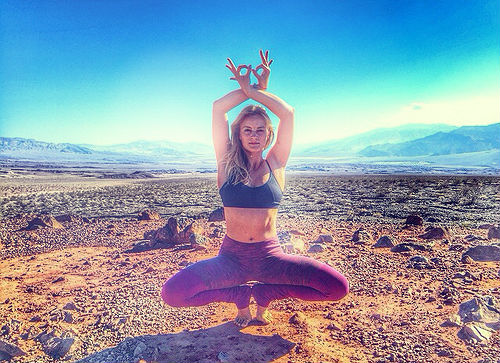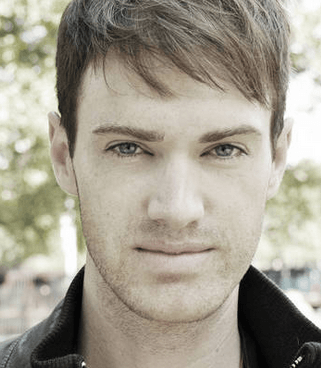Tantric Yoga Is Not a Kinky, Four-Hour Sex Marathon
 Lucas Hall wants to take back Tantra. You know, from its kinky, marathon-sex reputation.
Lucas Hall wants to take back Tantra. You know, from its kinky, marathon-sex reputation.
Hall, who just added a lineup of Tantra vinyasa yoga to the schedule at NY Loves Yoga on the Upper West Side, is tired of the assumption. Before Sting hijacked the word, explains the Manhattan yoga instructor, tantra simply means “technique”—i.e., using the techniques of breathing (pranayama, much of it focused on the pelvis), meditation, and “body locks” (bandhas, one of which does kind of resemble a Kegel) to create energy in the right spaces within the body.
And while, yes, some of that can be sexual energy, it can also be energy of a more spiritual sort.
“The goal of all physical yoga is to prepare the body for mediation,” says Hall, who trained in Tantric yoga in Bali with Everett Newell at Zuna Yoga. “But a lot of today’s practices don’t tell you what to do when you get to the meditation part.” A Tantra yoga class concludes with a guided meditation, taking the guesswork out of that part of the practice.

Hatha yoga, he says, started out as the physical arm of tantra, but the two have separated as the West has become more interested in dynamic yoga as a workout. And whereas “in Iyengar and Ashtanga, what happens in your mind is a result of what you do with your body, with Tantra, what happens in your body is a result of what you do with your mind.” You follow?

{{post.sponsorText}}
Hall admits that he's had to do a lot of education about the Tantra practice, but the loyal community at NY Loves Yoga has embraced the classes—which ultimately aren’t all that different from many gentle vinyasa classes around town.
He begins each 75-minute class with breathwork, often energizing kapalabhati or agniraj breath, which coordinates each inhale and exhale with pelvic contractions. From there he moves into a gentle vinyasa sequence, some exercises to connect with the bandhas, and a slightly more vigorous (but still fairly mild—think stepping back rather than jumping) vinyasa series to build heat, a revisit to the bandhas in bridge pose, a final cool-down, savasana, and five minutes of guided meditation. I didn’t break a sweat, but left feeling as calm and energized as I do after more vigorous classes.
Throughout, Hall encourages you to pay attention to the energy and heat you're creating, and letting your body align and awaken. The goal, he says, is to “open up the whole body physically, mentally and spiritually.” And new students discover their new energetic “power.” How you channel it is up to you. —Ann Abel
For more information, visit www.nylovesyoga.com
Loading More Posts...